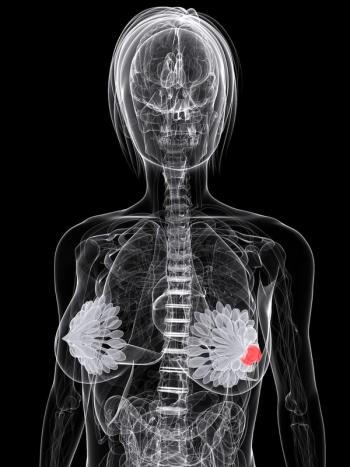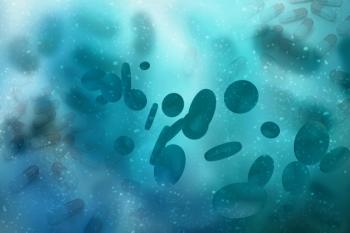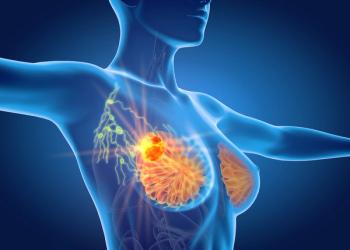
Oncology NEWS International
- Oncology NEWS International Vol 6 No 11
- Volume 6
- Issue 11
European Pathology Network Set to Go Online
HAMBURG-Pathologists may soon be able to obtain expert second opinions on specimens through microscope teleconferencing on the Internet, thanks to an oncologic pathology network now under development by a consortium of European Union pathologists and companies. In addition to allowing long-distance consultations, the EURO-PATH project-European Pathology Assisted by Telematics for Health-will provide pathologists with access to a multimedia European database.
HAMBURGPathologists may soon be able to obtain expert second opinions on specimens through microscope teleconferencing on the Internet, thanks to an oncologic pathology network now under development by a consortium of European Union pathologists and companies. In addition to allowing long-distance consultations, the EURO-PATH projectEuropean Pathology Assisted by Telematics for Healthwill provide pathologists with access to a multimedia European database.
In his presentation at the Ninth European Cancer Conference (ECCO 9), Dr. Gérard Brugal of Université Joseph Fourier, Grenoble (France), said that the chief goal of EUROPATH is to boost communication among pathologists, and thereby improve quality assurance and diagnostic accuracy. Dr. Brugal estimates that the eventual cost of confirming cancer diagnoses via the network would be about one-thirtieth the current cost of inappropriate treatment from misdiagnoses.
A pathologist in one place, using a microscope, a television camera, and a computer, will be able to send information about a case through the network to a colleague in another place who will receive the images on his or her own computer, Dr. Brugal said. Its much faster than mailing a glass specimen and waiting for an answer, with the risk of losing the specimen or damaging the glass.
EUROPATHs teleconferencing capabilities will also be implemented for consensus diagnosis in EORTC trials, he said.
The EUROPATH database will include reference images, case reports, and molecular tumor markers. Pathologists will be able to use remote microscope driving to select relevant images from a distance. Dr. Brugal expects that the information stored in the database will be exploited not only in routine practice but also for educational and research purposes.
Among the key tasks to be accomplished before EUROPATH goes on line are the establishment of compatibility and interoperability between major European microscope manufacturers and designers of imaging work stations.
Were going for a European consensus so that software developers and microscope manufacturers will have uniform standards, Dr. Brugal said. Medical protocols and guidelines will also have to be created to support the new oncologic pathology network.
Articles in this issue
about 28 years ago
New Strategies Forecast for Pancreatic Cancer Treatmentabout 28 years ago
Tumor Cells in Marrow Predict Cancer Outcomeabout 28 years ago
Zeneca Sponsors Rural Breast Cancer Outreachabout 28 years ago
Private Sector Purchasers Need Cancer Care Data to Determine Qualityabout 28 years ago
Payers May Ignore Aspects of Care Most Important to Patientsabout 28 years ago
BCG May Be Superior to Chemotherapy in Bladder Cancerabout 28 years ago
Adjuvant Vaccine Therapy Prolongs Survival in Colon Cancerabout 28 years ago
‘Treat Low-risk Febrile Neutropenic Patients at Home’about 28 years ago
‘Don’t Wait Too Late to Make End-of-Life Decisions’Newsletter
Stay up to date on recent advances in the multidisciplinary approach to cancer.
















































































